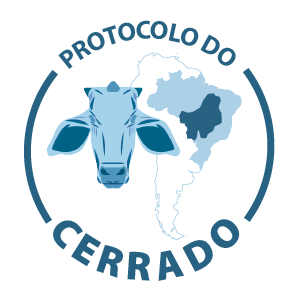Cerrado Protocol Events
IN-PERSON WORKSHOPS
This free training, focused on meatpackers and retailers, is part of the Voluntary Protocol for Monitoring Cattle Suppliers from the Cerrado.
30/07: Campo Grande/MS
13/08: Uberlândia/MG
21/08: Cuiabá/MT
28/08: Goiânia/GO
24/09: São José do Rio Preto/SP
09/10: Palmas/TO
Schedule: 9am - 6pm
The events will include a meal on site and will be offered by AL Invest and organised by the Cerrado Protocol Coordination.
WEBINAR: THE IMPORTANCE AND IMPLEMENTATION OF THE CERRADO PROTOCOL
The Protocol Coordination invites everyone to the Webinar that will open the training season!
The webinar took place on 17/07/2024 and had a simultaneous translation from Portuguese to English. Civil society, meatpackers and retailers will talk about the importance and implementation of this Protocol, and there was a question and answer session at the end.
LAUNCH OF THE CERRADO PROTOCOL, SÃO PAULO, BRAZIL
Launched in April 2024, the Cerrado Protocol lists 11 criteria and creates a common basis for socio-environmental compliance that guides meatpackers, acting as a guide for responsible production and purchasing.
In development since 2020, the Protocol is the result of a coordinated effort by the organisations Proforest, the Institute for Forest and Agricultural Management and Certification (Imaflora) and the National Wildlife Federation (NWF). It also had direct contributions from WWF Brazil, meatpackers and purchasing companies, as well as the Federal Public Prosecutor's Office, livestock sector organisations and civil society.
Webinar: Voluntary Monitoring Protocol for Cattle Suppliers in the Cerrado – Key results from the consultation process
A summary of the consultation process
Key adjustments made to the protocol after the consultation process
Clarification of key controversial points raised during the consultation process
Expected next steps
A panel discussion on the potential usage of the Protocol by different stakeholders, and implementation challenges.

